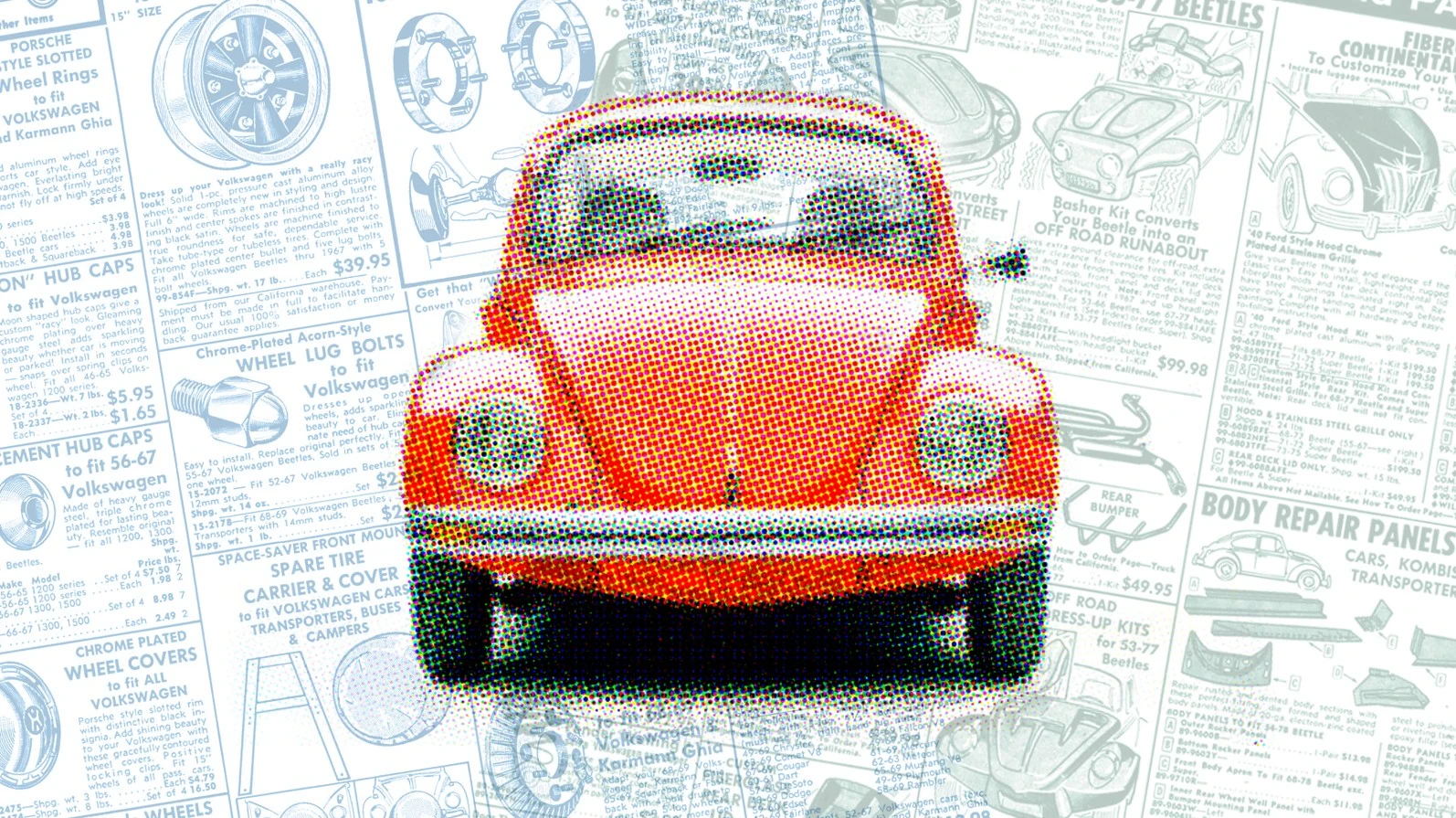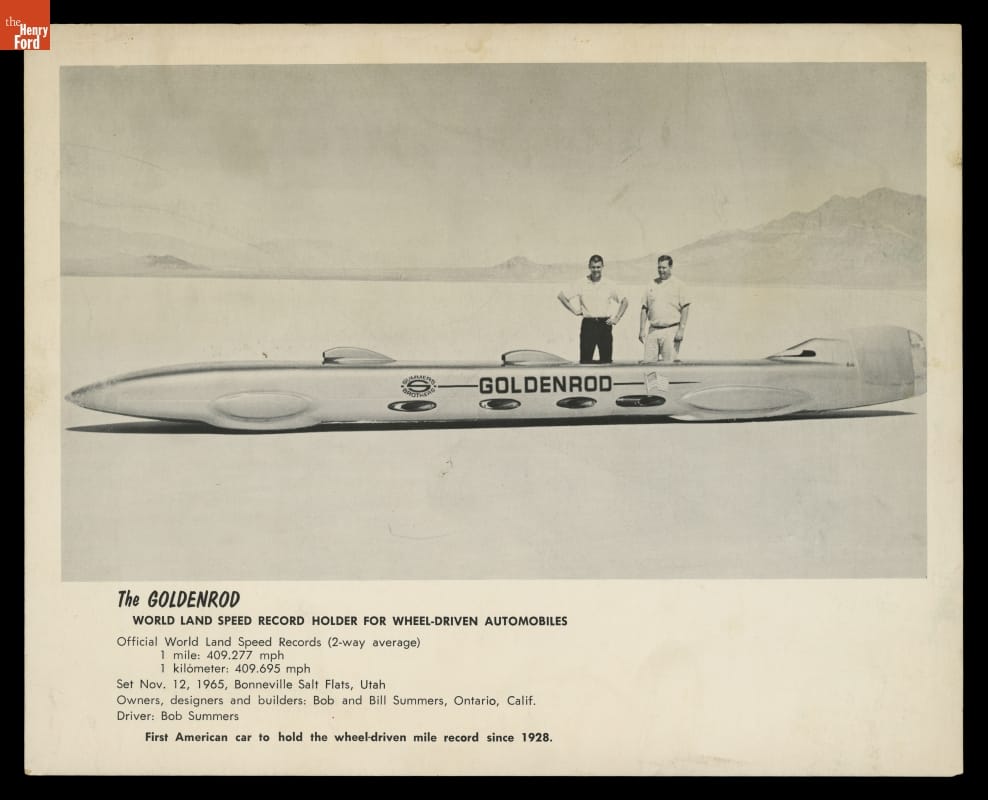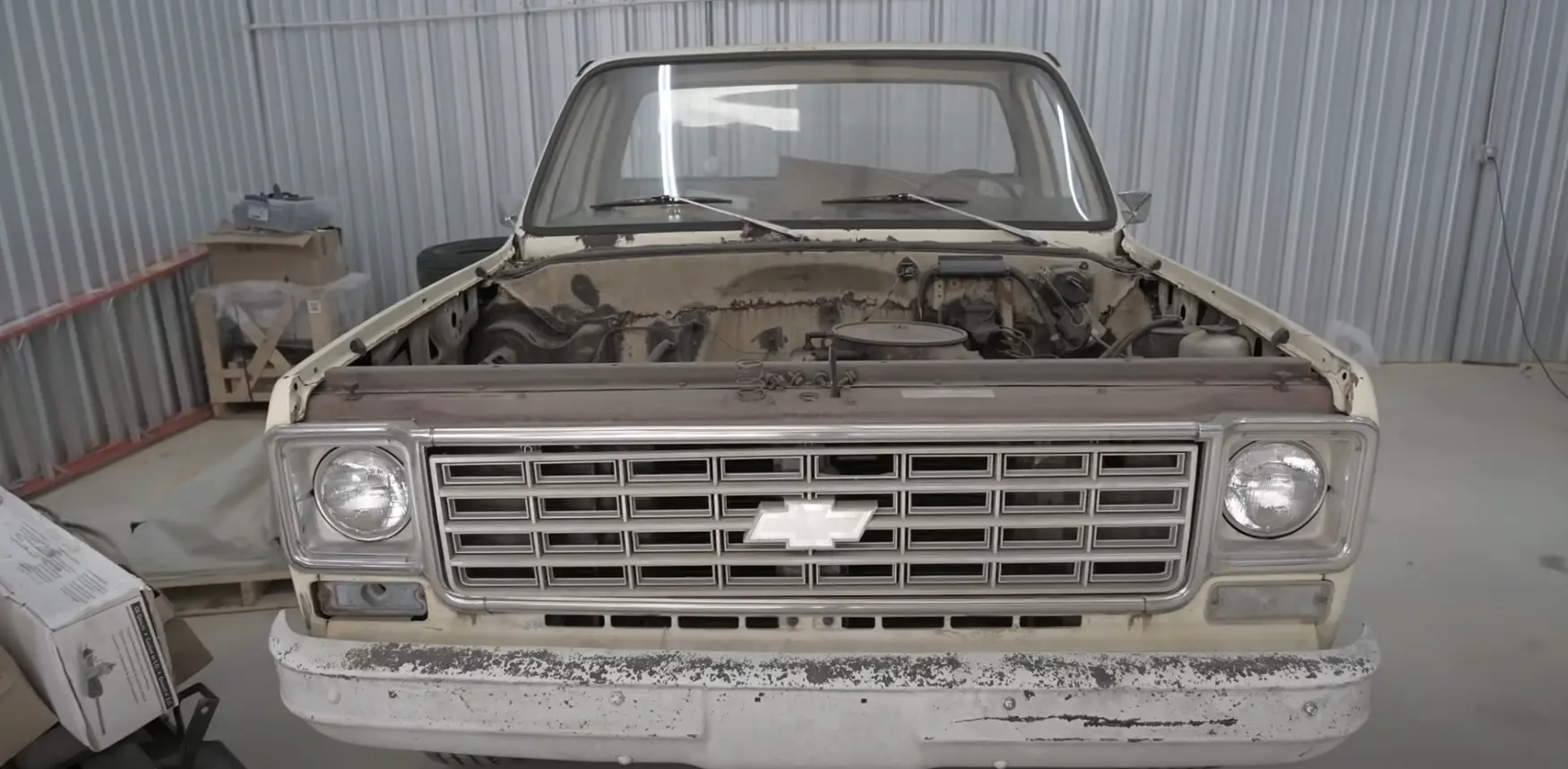Contributed By The Autopian
View author website
The Autopian is the ultimate car-culture website run by obsessive car nerds who want nothing more than to make people laugh while teaching them about geeky car minutiae. Founded by the two most-read Jalopnik writers ever, Jason Torchinsky (an artist and comedian) and David Tracy (an automotive engineer) — along with prolific businessman/TV personality Beau Boeckmann — the site places a strong focus on technical expertise, leveraging industry insiders to provide key insight into the automotive world. But as detailed as things get at The Autopian, the site’s main focus is to create fun, engaging content that fosters an inclusive, close-knit automotive community. Beau, David, and Jason literally created the website’s mission statement while sitting in a 1901 Sunbeam-Mabley, surrounded by postwar microcars like a Messerschmitt Tiger (see image above). That mission statement, by the way, is: The Autopian exists to serve the car enthusiast community by creating content that informs and entertains, while celebrating the unifying quality of automobiles.
More from The AutopianThe JC Whitney catalog, a relic from the pre-internet era, serves as a fascinating snapshot of automotive customization. Established in 1915 and evolving from a scrap metal yard to a pivotal player in the auto parts industry, JC Whitney transformed the way car parts were marketed and sold. Its catalogs, brimming with an array of parts and accessories, remain a testament to innovation and reach.
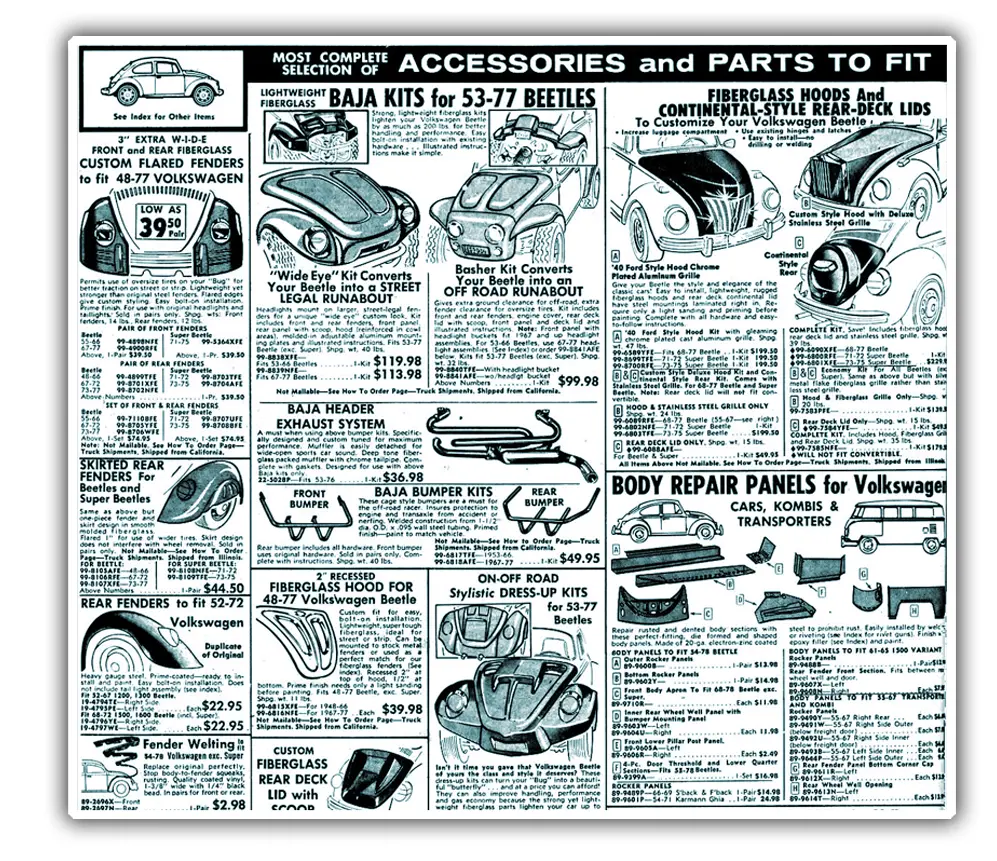
Among the myriad of accessories, certain items stand out for their sheer uniqueness or outright oddity—elements that might perplex the average car enthusiast today. For instance, the catalog featured an array of fake Rolls-Royce hoods, Continental engine lid kits, and various fiberglass body panels, offering a glimpse into the customization trends of the past. To wit, let’s dive into The Autopian’s coverage on some of the more intriguing Volkswagen accessories that have been offered in the past.
One intriguing accessory highlighted was a front spare tire carrier for the Volkswagen Beetle, a common sight on VW Buses but seemingly nonexistent on Beetles.
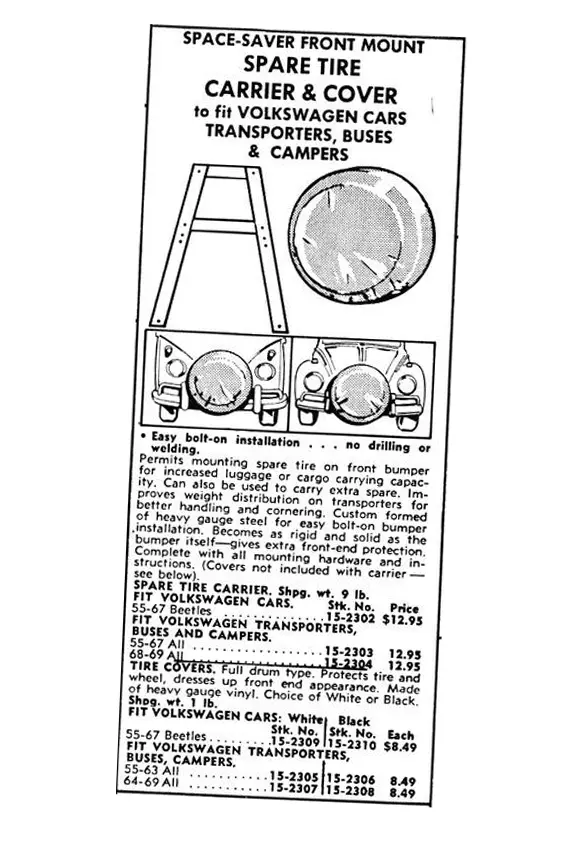
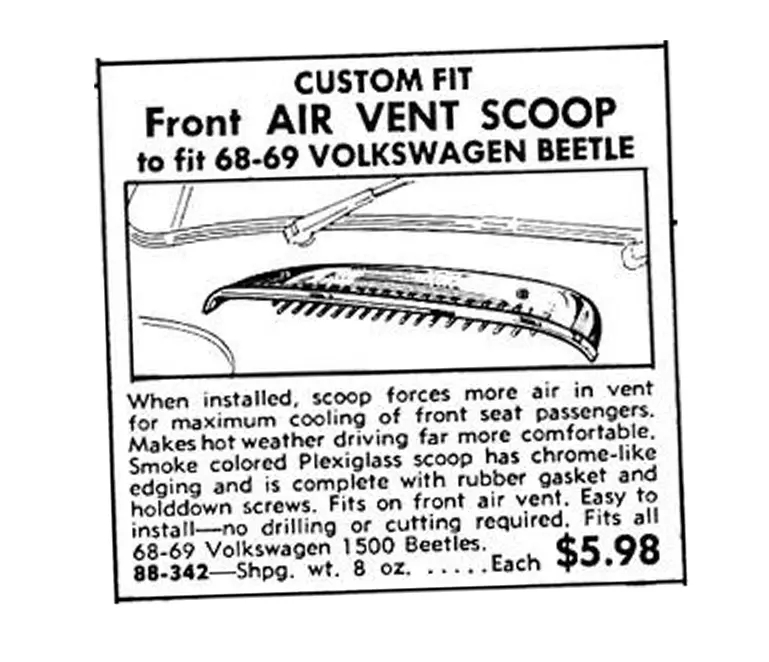
The additional vent system intended to improve interior air ventilation in Beetles also garnered attention, given that many Beetles had missing or broken air boxes, potentially rendering the accessory more decorative than functional.
Another peculiar find was the rain gutter bling—massive, gleaming arches that, despite extensive observation, appeared to be a rare sight on any actual vehicles. These chrome after-market additions, while undoubtedly striking, remain elusive in the real world.
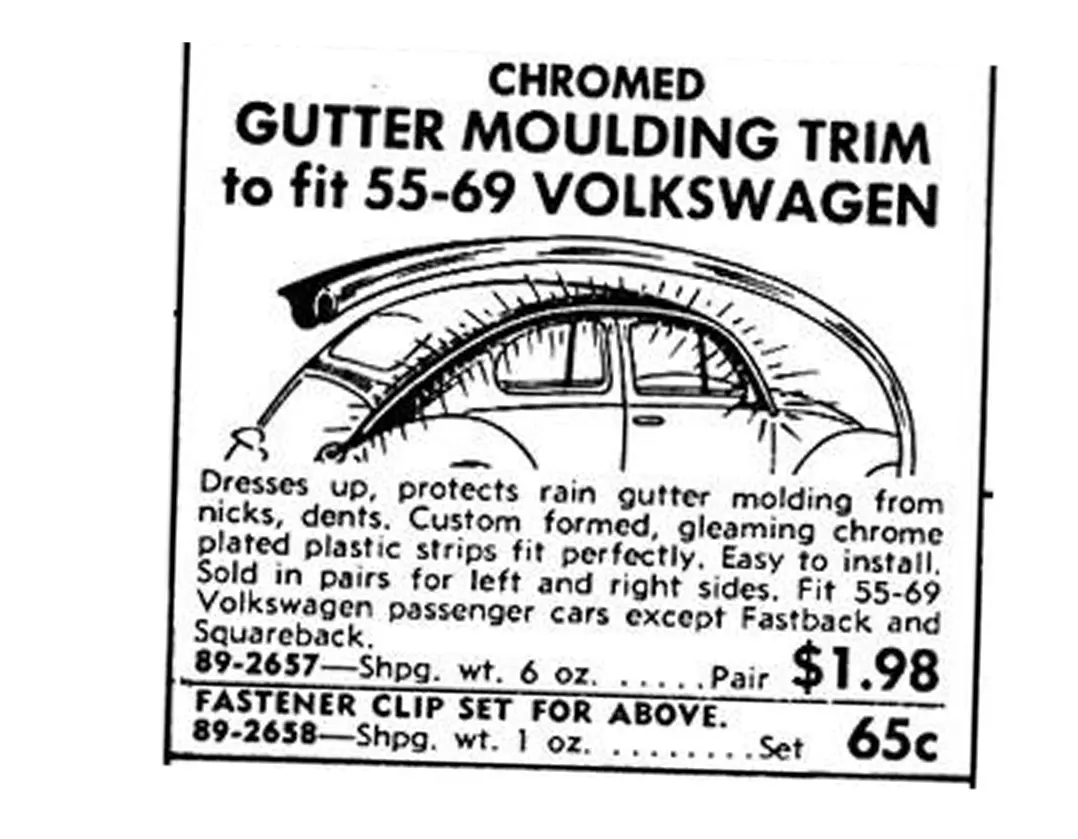
The catalog also featured an electromagnetic hood lock. This accessory exemplified some of the more eccentric offerings that, while offering minimal practical benefits, highlighted the diverse range of customization options available.
Finally, there are stick-on dash labels with playful German terms for car parts that offer a time-capsule view of the cross-cultural exchange of car culture.
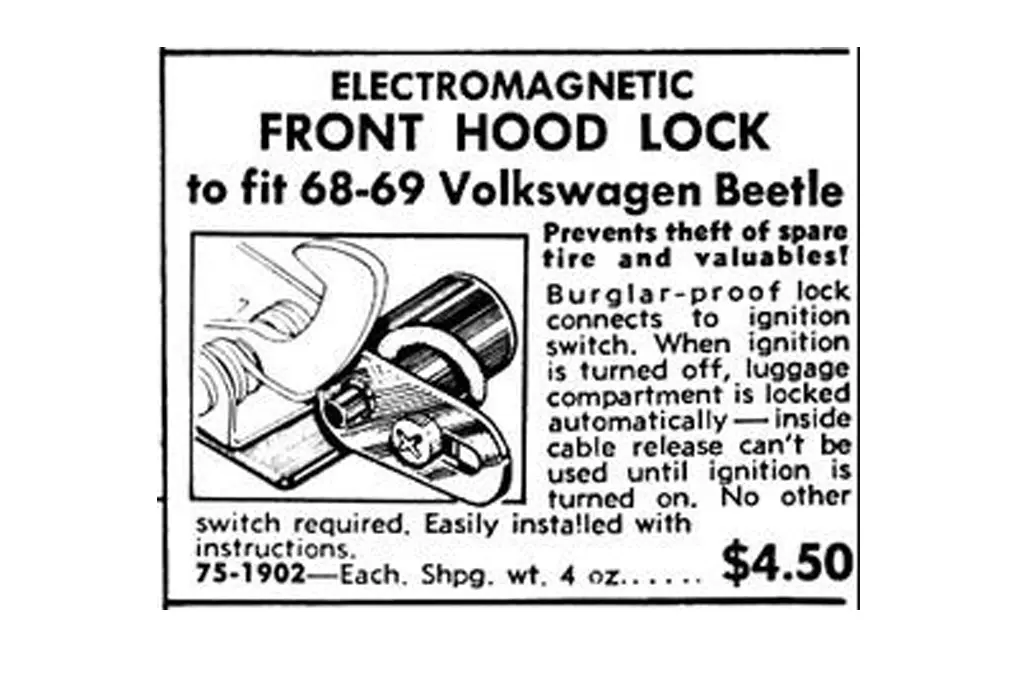
The exploration of the JC Whitney catalog not only offers a nostalgic journey through the history of car customization but also underscores the evolution of the automotive hobby. The range of accessories, from the practical to the peculiar, showcases the enduring desire of car enthusiasts to personalize their vehicles. As the JC Whitney catalog transitions from physical to digital, its legacy as a comprehensive source for car parts and accessories continues, preserving its place in automotive history.
